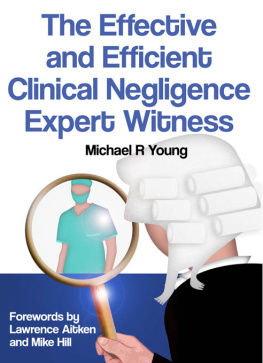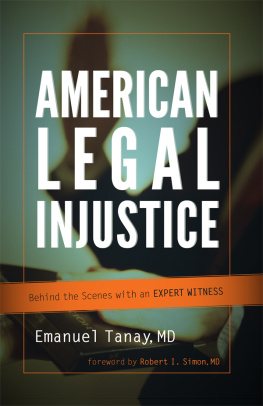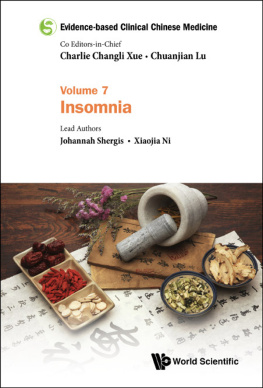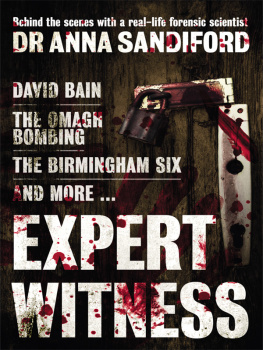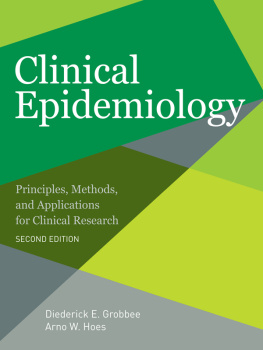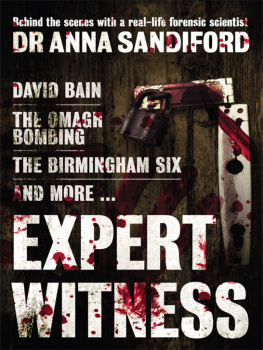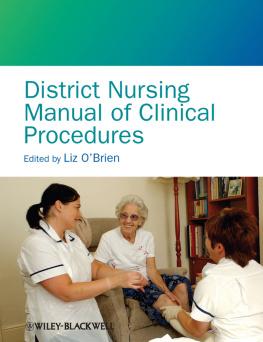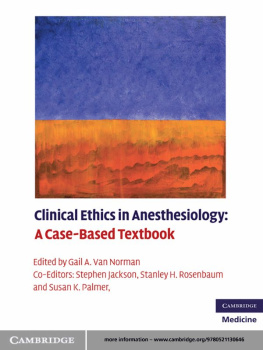Michael R Young has asserted his right under the Copyright, Designs and Patents Act 1988 to be identified as the author of this work.
All rights reserved. No part of this publication may be reproduced, stored in a retrieval system or transmitted, in any form or by any means, electronic, mechanical, photocopying, recording or otherwise, without the prior permission of the copyright owner.
While the author has made every effort to provide accurate contact details and Internet addresses, neither the publisher nor the author assumes any responsibility for errors or for changes that occur after publication.
Every effort has been made to ensure that the information in this book is accurate. This does not diminish the requirement to exercise your judgement, and neither the publisher nor the author can accept any responsibility for its use in practice.
A catalogue record for this book is available from the British Library.
Taken from editorial reviews of the first edition
This is what the Academy of Experts has to say about How To Be an Effective Expert Witness :
The author sets out to correct some of the commoner faults of the clinician acting as expert witness. He has recognised the innate problems of communication between not just two different disciplines but different intellectual cultures.
He has provided a clear and reliable guide to the clinician who would wish to be considered an expert witness.
[T]his is a thoughtful and well-crafted text. There is good narrative flow, which makes it eminently readable.
This work deserves to become the Vade Mecum for the clinician acting as an expert witness.
The British Dental Journal has this to say:
The key elements fundamental in becoming an excellent expert witness are summarised in a coherent fashion by Dr Young. The aspiring medical or dental expert witness will not find a better guide and I recommend this book without reservation.
The medical charity Action Against Medical Accidents recommends the book on the basis that it is a comprehensive account of all aspects of acting as an expert witness, including report writing, P35 meetings and court appearances. They also recommend it to Lawyers Service members in order to refer experts to specific sections.
Effectiveness is doing the right things. Efficiency means doing things right.
(With apologies to Peter Drucker management consultant, educator and author)
This book is dedicated to my mum, who taught me to always try to see the other persons point of view.
Foreword by Lawrence Aitken
Mike Young has written an excellent book for the aspiring, novice, and the more experienced clinical negligence expert witness, in what for many doctors and dentists can be a very confusing, intimidating, but fascinating area of work. The book is primarily aimed at the clinician who is perhaps thinking of moving into the arena of medico-legal work. If you like the idea of analysing case histories, reading the medical literature and writing reports for lawyers, and are either already involved, or are seriously interested in, working as a clinical negligence expert witness then this book is definitely for you.
After completing an MS degree in restorative dentistry at the University of Michigan, I commenced my practising life in the West End of London. This was prior to the establishment of prosthodontics as a specialty; however, referrals needing specialist care soon started to arrive. Eventually the inevitable happened and I received a letter from a solicitor who was actually a patient, asking me to assess a potential negligence case they had recently taken on. I wish this book had been around then as I had no idea how to approach a situation such as this. The solicitor sent me an initial letter of approach and asked me to consider the case. It appeared to be an interesting challenge so rather naively I took it on. Not knowing how to do a Causation and Liability report, I investigated the case as if I were doing a clinical consultation. But with a great deal of help and guidance from the solicitor and using all my clinical expertise and knowledge, I finally wrote and handed over the necessary report to the solicitor. However, in retrospect, the case took me a very long time, not least when it came to writing the report. I dont mind admitting that I floundered, not knowing what the format or the layout should be. I was like a fish out of water.
This book is important because it covers in great detail every area that is relevant, necessary and important to the clinician acting as an expert witness. It tells you how to engage with solicitors, set your fees and, most importantly, how to write good English. It covers the macro and microstructure of a report plus the structure of the two main types of clinical negligence reports the Causation and Liability and the Condition and Prognosis reports and also shows you how to write Screening reports and Combined reports. There is even a useful section about writing reports for the General Dental Council or the General Medical Council. A huge amount of preparation goes into writing a report and it can be time consuming. You charge for your time so it is important that you manage it well and Mike details thoroughly how to do this. With his help you should be able to reduce the time spent writing each report, whilst becoming more effective and efficient. I cannot think of any aspect of the work and role of the clinical negligence expert witness that this book does not cover.
Mike has brought this new edition up to date by including a helpful appraisal of the Jackson Report and how this will affect the expert witness.
At the end of the book Mike provides examples of real case reports. These will prove invaluable aids for the new or inexperienced expert.
This is a book that every clinical negligence expert should read, as well as medical negligence solicitors who might need to point their experts in the right direction. Above all, the book is of a manageable size, well laid out and a very easy read. It is far from being dry by including many anecdotes from Mikes own career that are laced with humour. If you are involved in clinical negligence work or wish to become an expert witness then this is definitely the book for you.
Lawrence Aitken BDS MS
Dental Expert Witness
Foreword by Mike Hill
I am delighted to have been asked to write a foreword to the second edition of this important book. The very fact that there are two forewords tells us something: that this is an area of expertise that sits in the no-mans land between medicine and law. The lawyers can know a lot about medicine and dentistry. After all, it is really only the theory that requires to be known. The doctors and dentists can know about the law should they read a few dozen books, but there is a unique breed of professionals that knows medicine or dentistry and knows what the lawyers need to know.
What do the lawyers want or need from an expert? It is all too easy to lose sight of that. What is required is evidence. The courts thrive on evidence; without it, there is no justice. The judge wasnt present at the time that the dispute arose. So the court devours and analyses in minute detail the evidence the parties put before it to assess the disputes of fact. And, in many cases, that is all the evidence that is needed.

